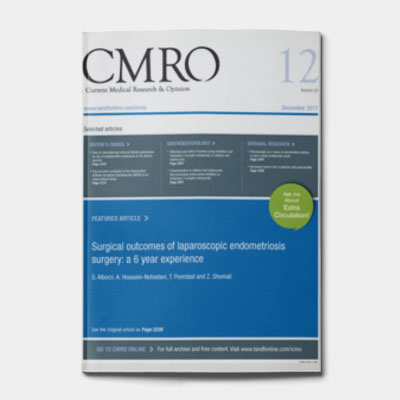Диагностика и лечение экзокринной недостаточности поджелудочной железы (ЭНПЖ) в первичной медико-санитарной помощи: консенсусные рекомендации канадской группы экспертов
Durie P, Baillargeon JD, Bouchard S, Donnellan F, Zepeda-Gomez S, Teshima C.
введение:
Экзокринная недостаточность поджелудочной железы (ЭНПЖ) приводит к нарушению пищеварения вследствие недостаточной активности ферментов поджелудочной железы в тонком кишечнике. ЭНПЖ может развиваться вследствие ряда заболеваний, при которых уменьшается синтез ферментов в паренхиме поджелудочной железы, или вследствие вторичных факторов, несмотря на нормальную функцию паренхимы, например, при обструкции вирсунгова протока, либо нарушенном или плохо синхронизированном выбросе ферментов.
ЦЕЛЬ:
Предоставить практические рекомендации для врачей первичного звена по ведению пациентов с риском или симптомами ЭНПЖ.
МЕТОДЫ:
Авторы провели поиск по PubMed основных публикаций на английском языке за период до апреля 2017 г. по сформулированным шести ключевым клиническим вопросам. Поиск основных статей в прямом и в обратном направлении был проведен с помощью Web of Science.
КОНСЕНСУС:
РЕЗУЛЬТАТЫ:
Наиболее характерный симптом ЭНПЖ — стеаторея, т.е. обильный стул с высоким содержанием жиров; другие распространенные признаки и симптомы включают необъяснимую потерю веса и недостаточность жирорастворимых витаминов и других микронутриентов. Заместительная терапия ферментами поджелудочной железы (ЗТФПЖ) может устранить симптомы и последствия длительной ЭНПЖ. Обычно диагноз ЭНПЖ ставят гастроэнтерологи, они же назначают ЗТФПЖ. Однако врачи звена первичной медицинской помощи также имеют возможность выявлять потенциальные случаи ЭНПЖ и участвовать в совместном длительном ведении пациентов, которые уже проконсультировались у специалиста.
PMID: 28985688
DOI: 10.1080/03007995.2017.1389704
Diagnosis and management of pancreatic exocrine insufficiency (PEI) in primary care: consensus guidance of a Canadian expert panel
BACKGROUND:
Pancreatic exocrine insufficiency (PEI) results in maldigestion due to inadequate activity of pancreatic enzymes in the small bowel. PEI can arise from a variety of medical conditions that reduce enzyme synthesis within the pancreatic parenchyma or from secondary factors that may occur despite optimal parenchymal function, such as pancreatic duct obstruction or impaired or poorly synchronized enzyme release.
PURPOSE:
To provide practical guidance for primary care physicians managing patients who are at risk of PEI or who present with symptoms of PEI.
METHODS:
For each of six key clinical questions identified by the authors, PubMed searches were conducted to identify key English-language papers up to April 2017. Forward and backward searches on key articles were conducted using Web of Science. Clinical recommendations proposed by the co-chairs (P.D. and C.T.) were vetted and approved based on the authors?
FINDINGS:
The most characteristic symptom of PEI is steatorrhea ? voluminous, lipid-rich stools; other common signs and symptoms include unexplained weight loss and deficiencies of fat-soluble vitamins and other micronutrients. Pancreatic enzyme replacement therapy (PERT) can relieve symptoms and long-term sequelae of PEI. Diagnosis of PEI and initiation of PERT are usually the responsibility of gastroenterology specialists. However, primary care physicians (PCPs) are well positioned to identify potential cases of PEI and to participate in the collaborative, long-term management of patients already seen by a specialist.
CONCLUSIONS:
In this document, a panel of Canadian gastroenterologists has conducted a critical review of the literature on PEI and PERT and has developed practical diagnostic and treatment recommendations for PCPs. These recommendations provide guidance on identifying patients at risk of PEI, the triggers for PEI testing and referral, and best practices for co-managing patients with confirmed PEI.

